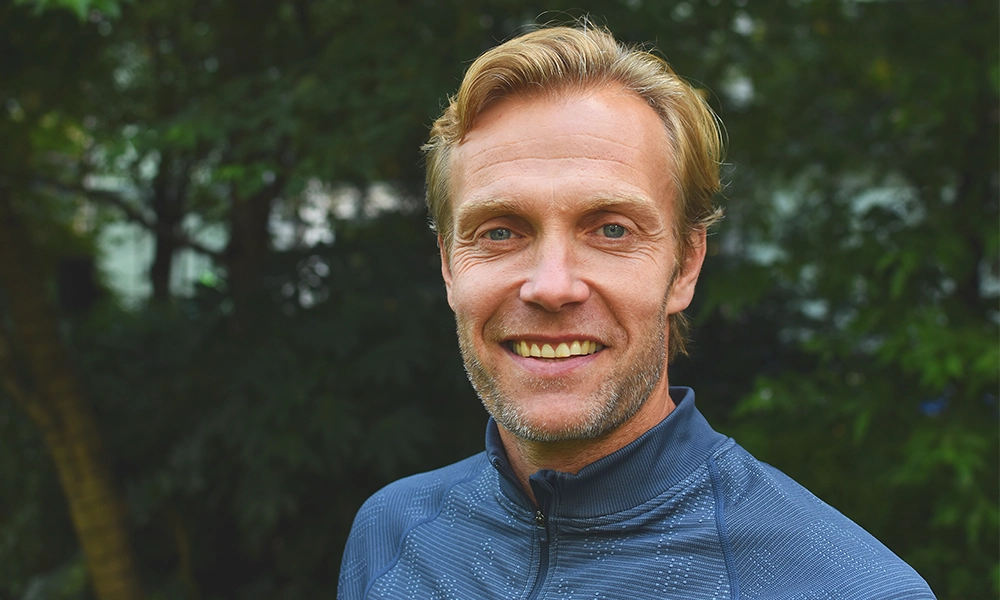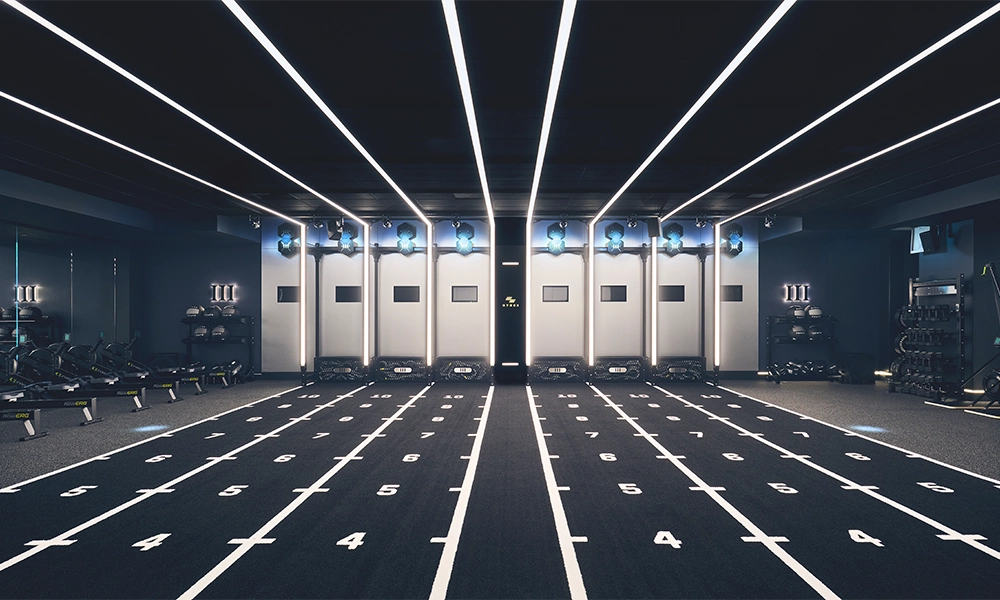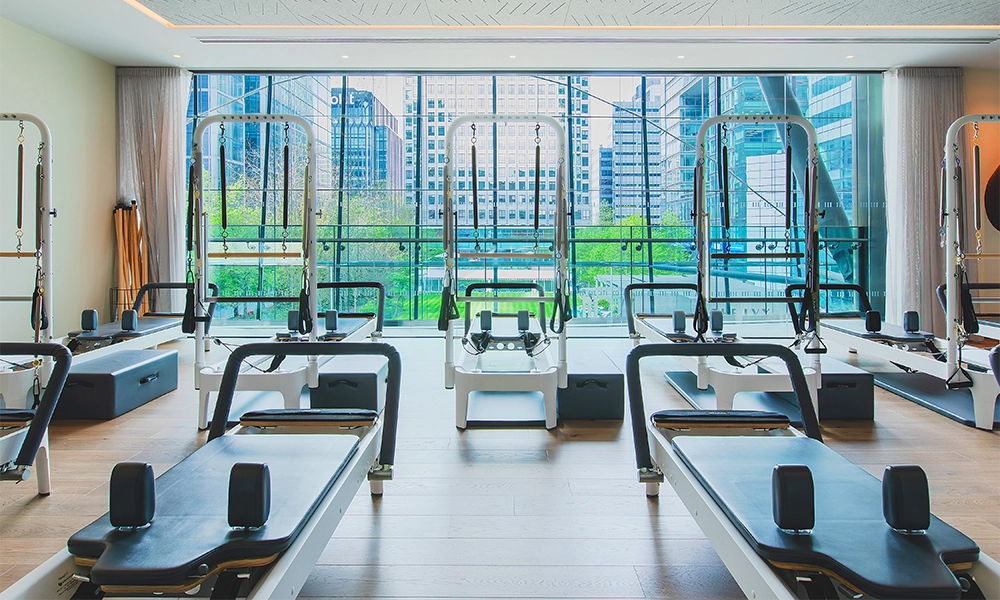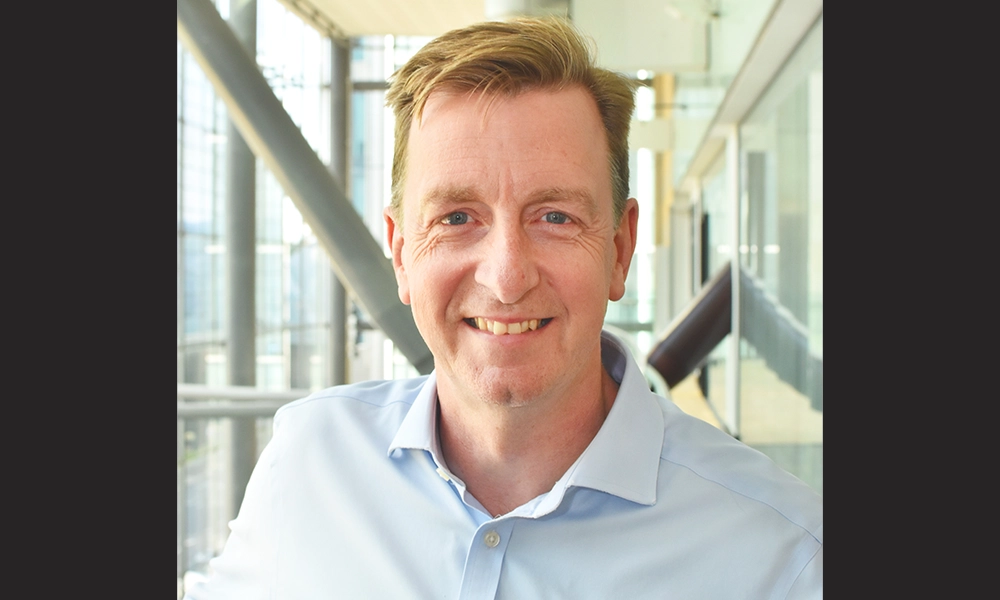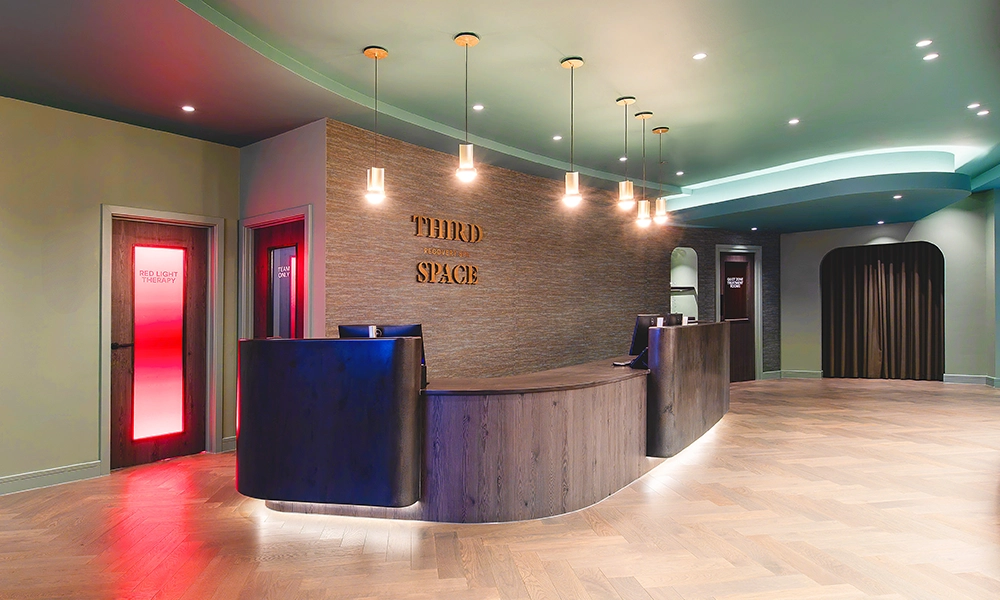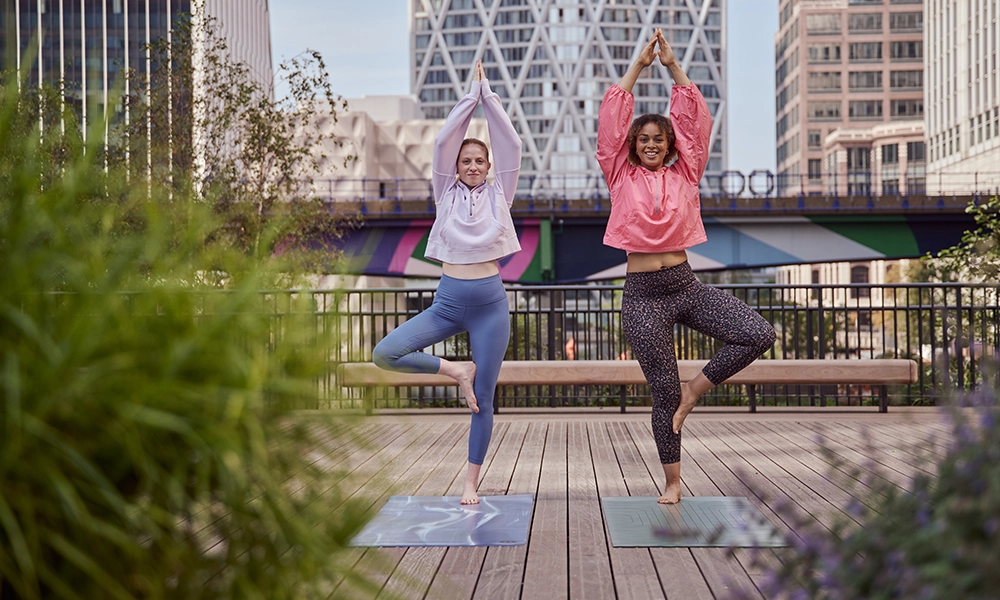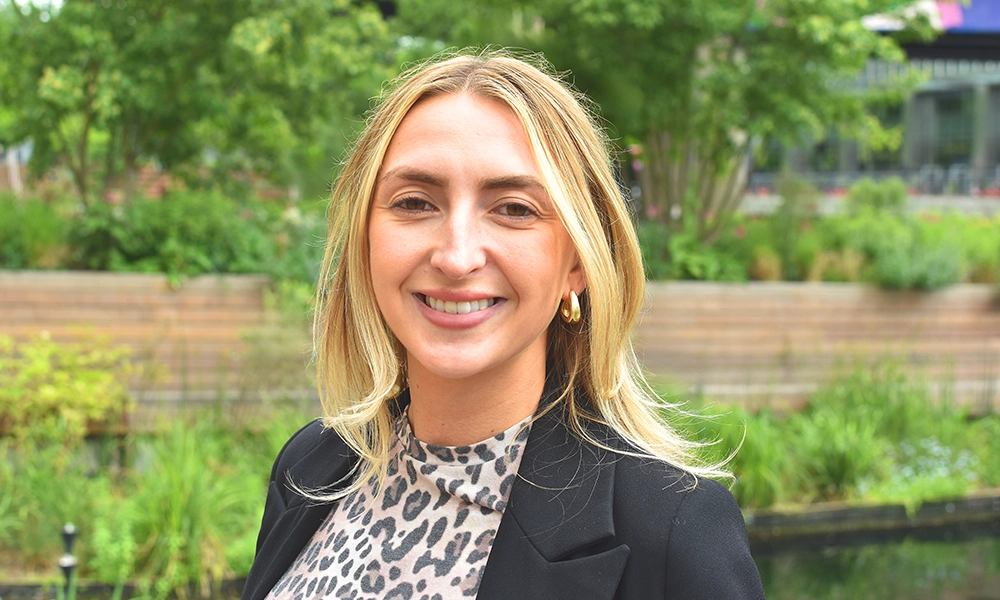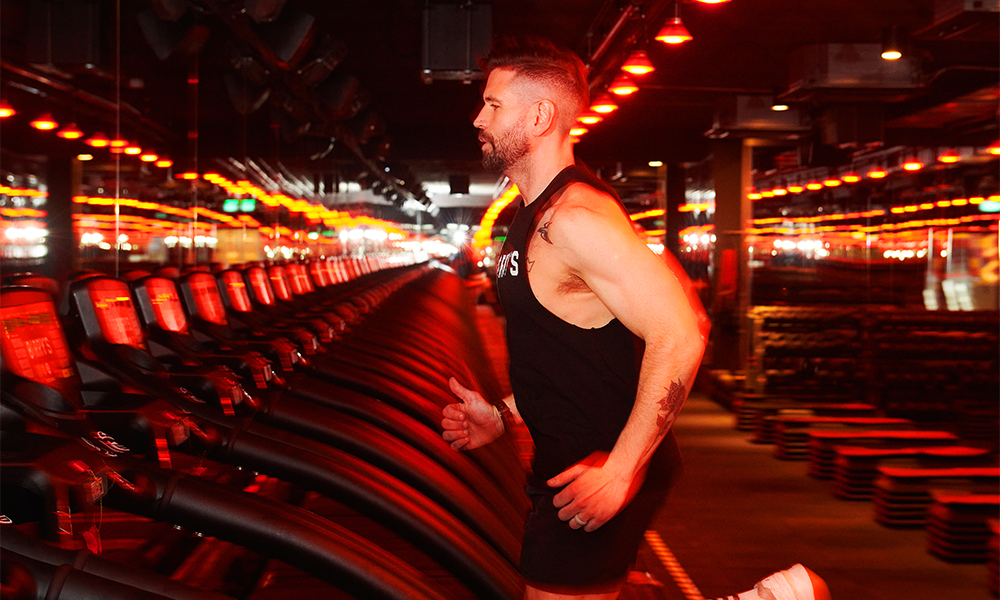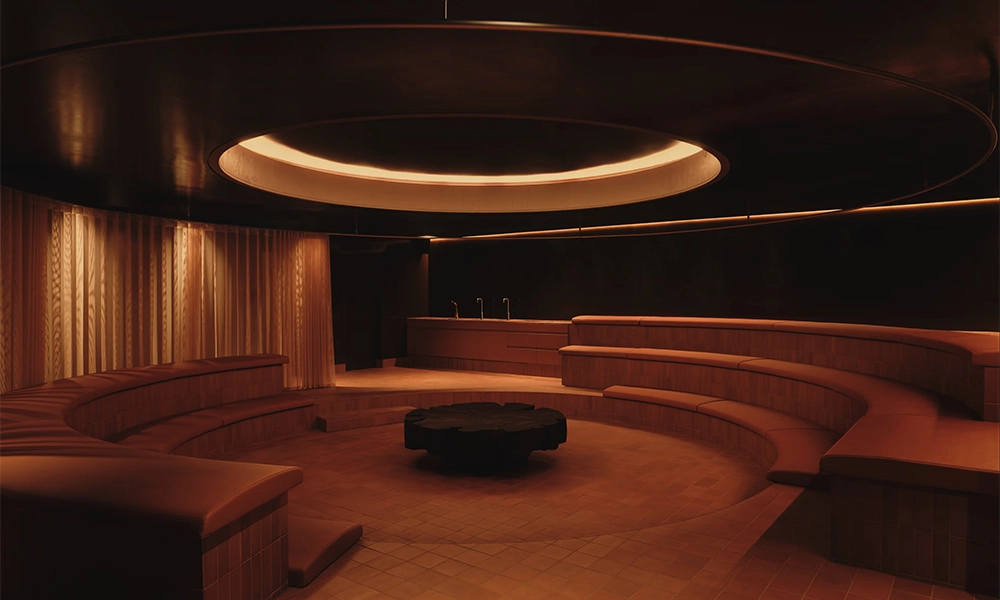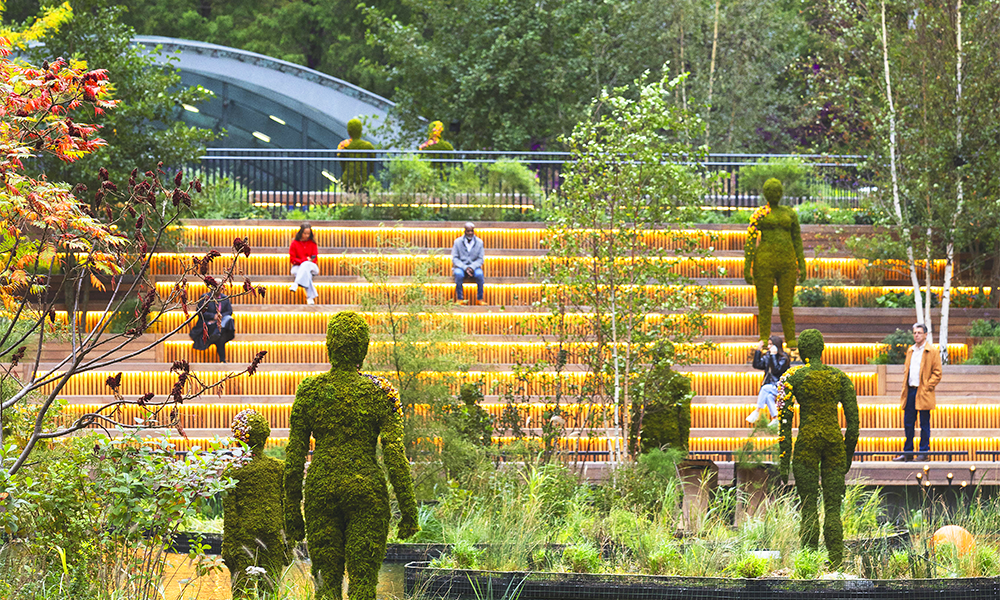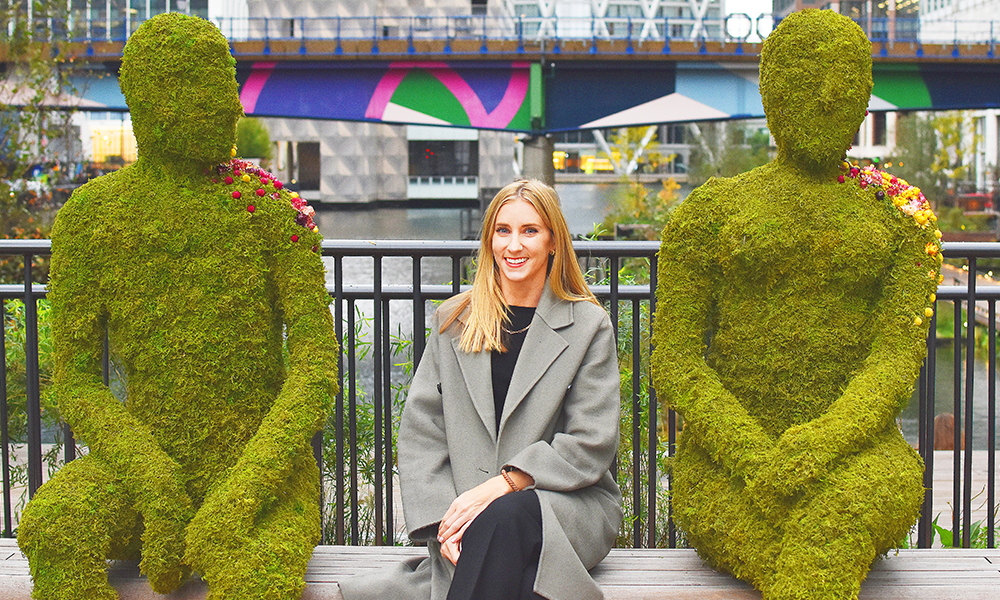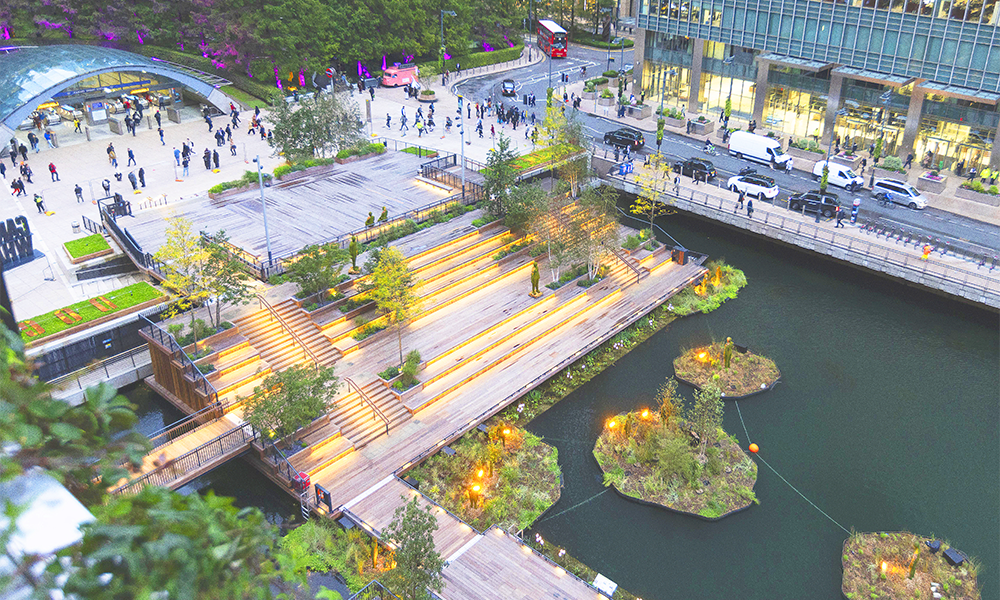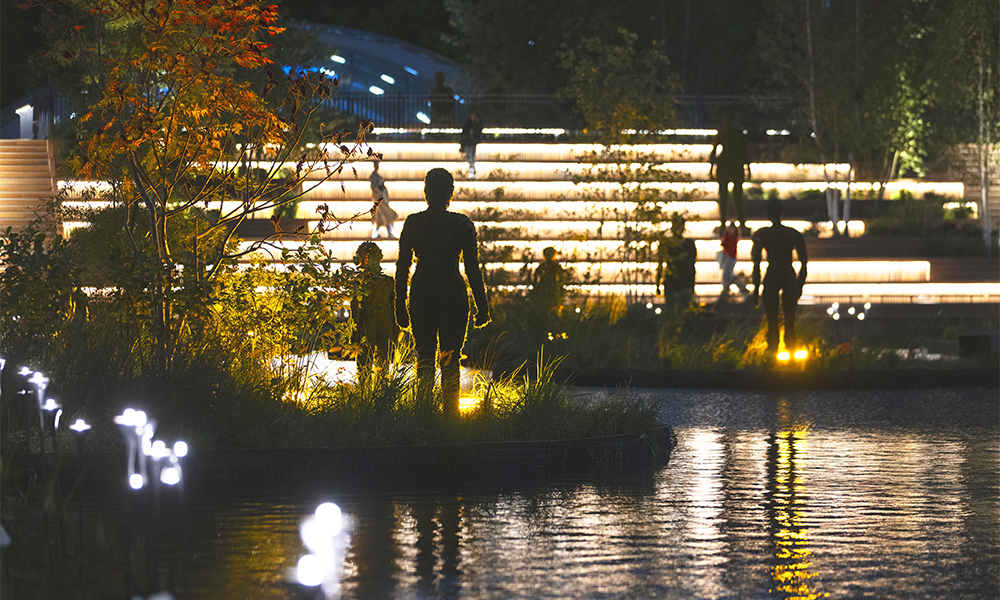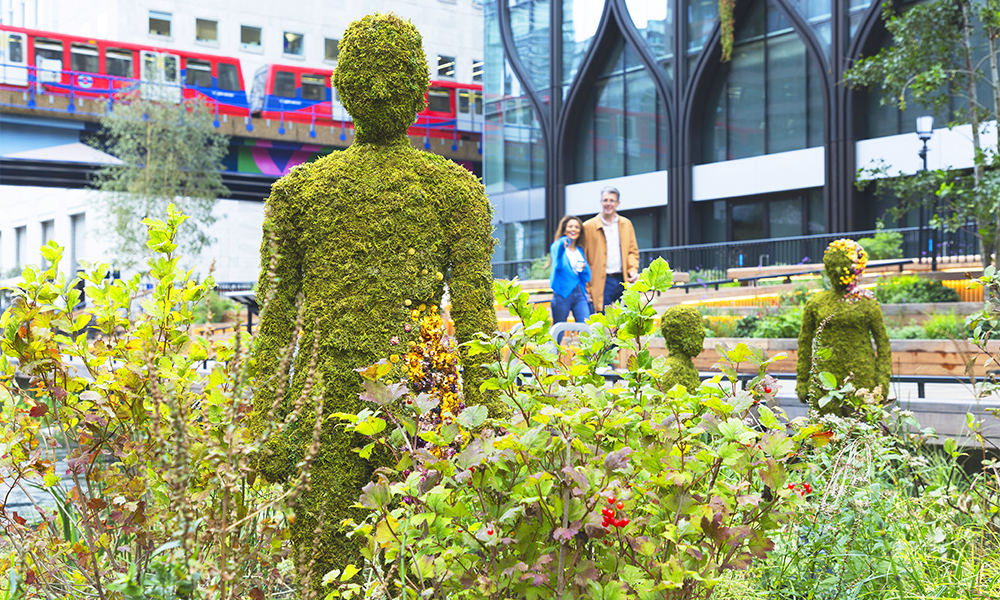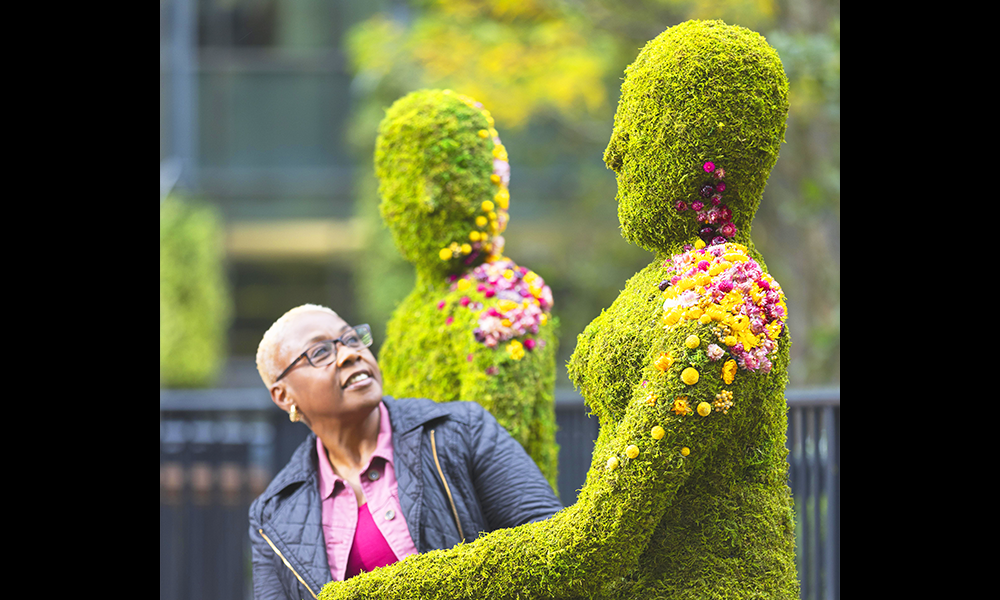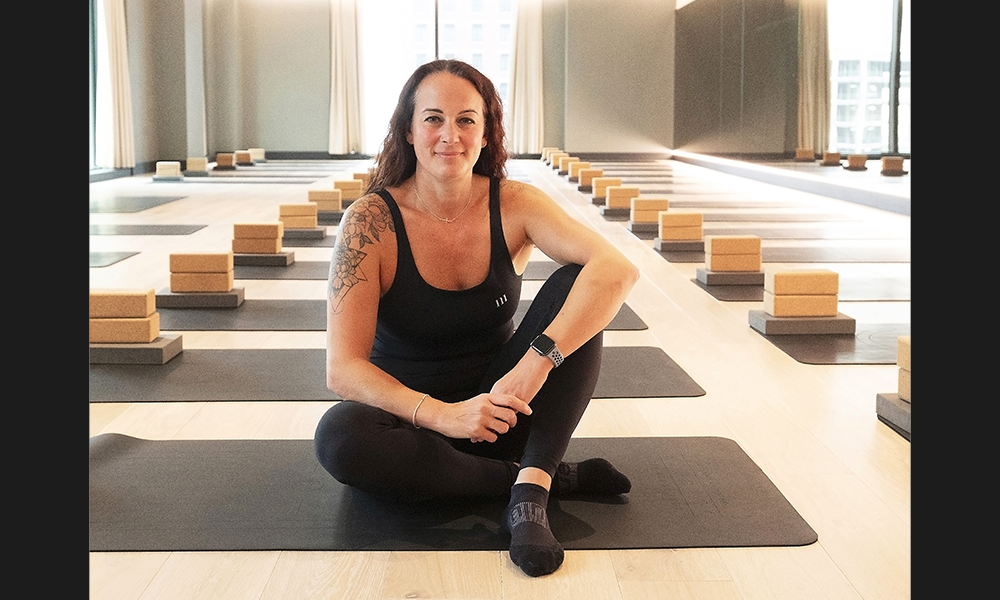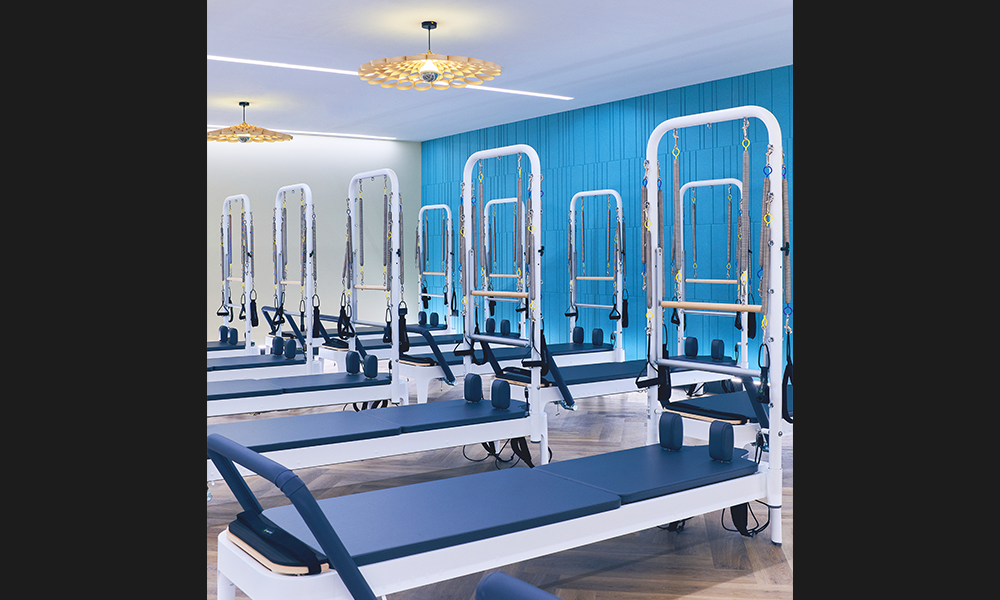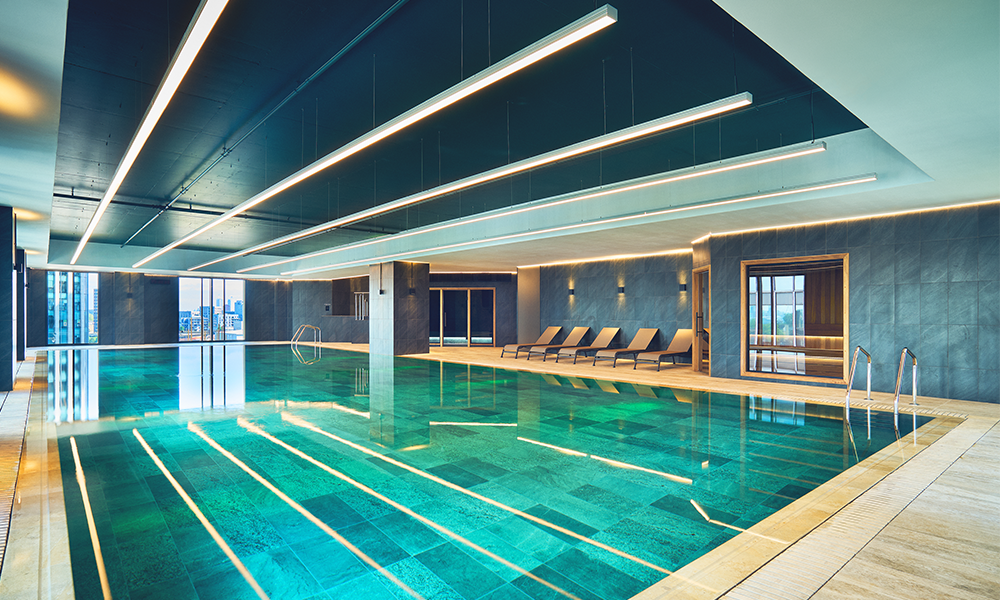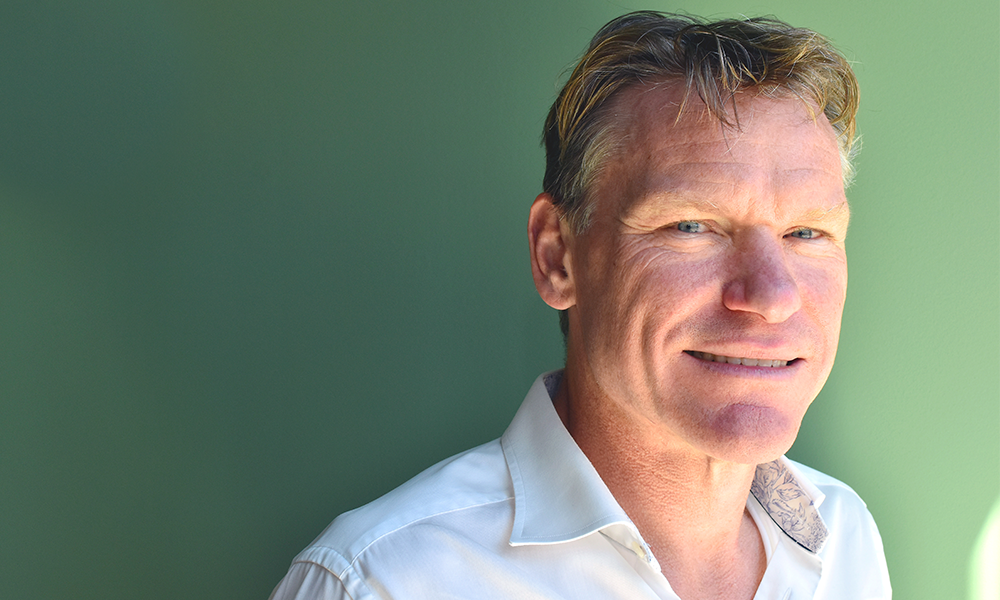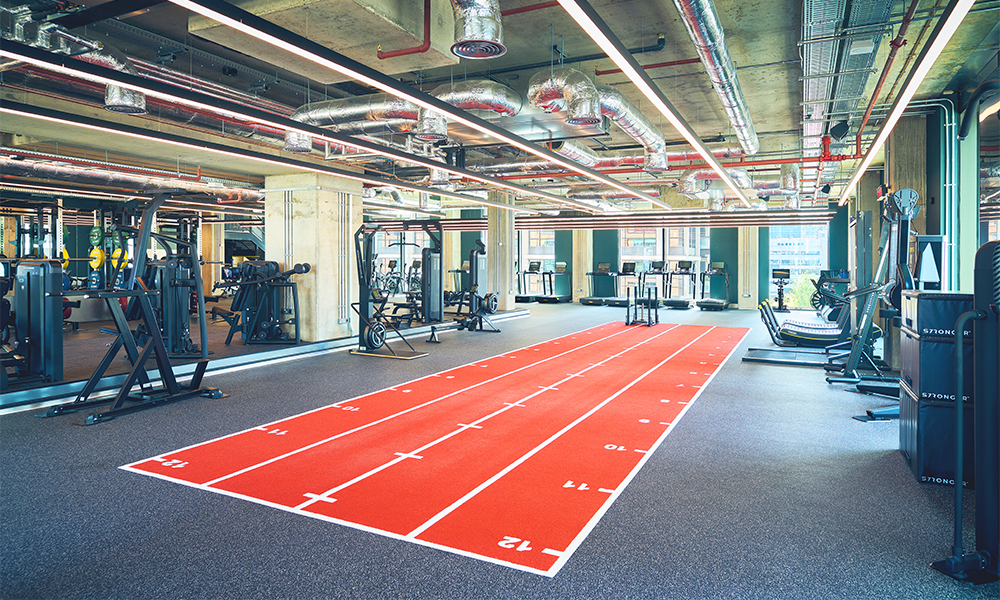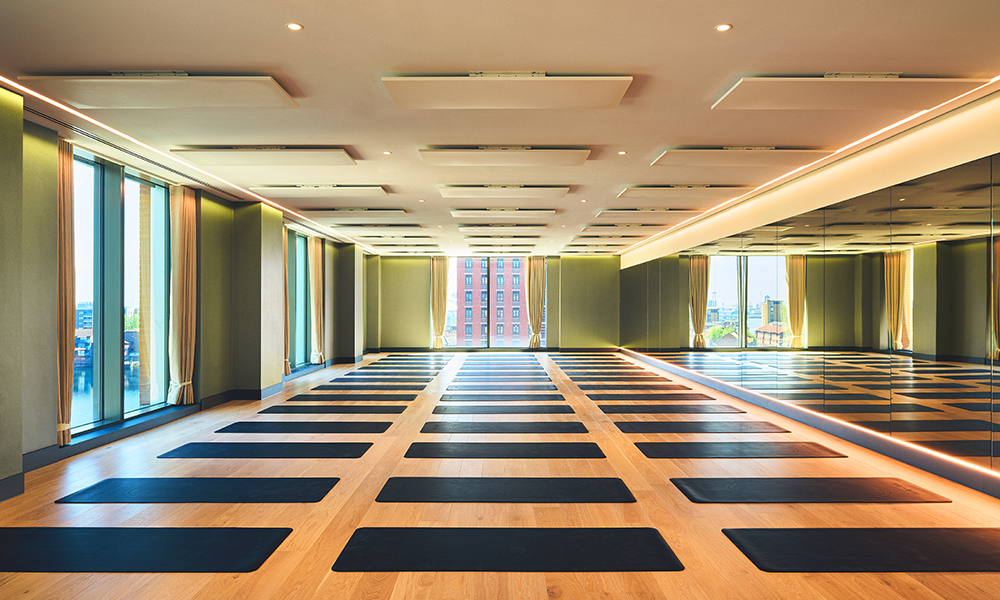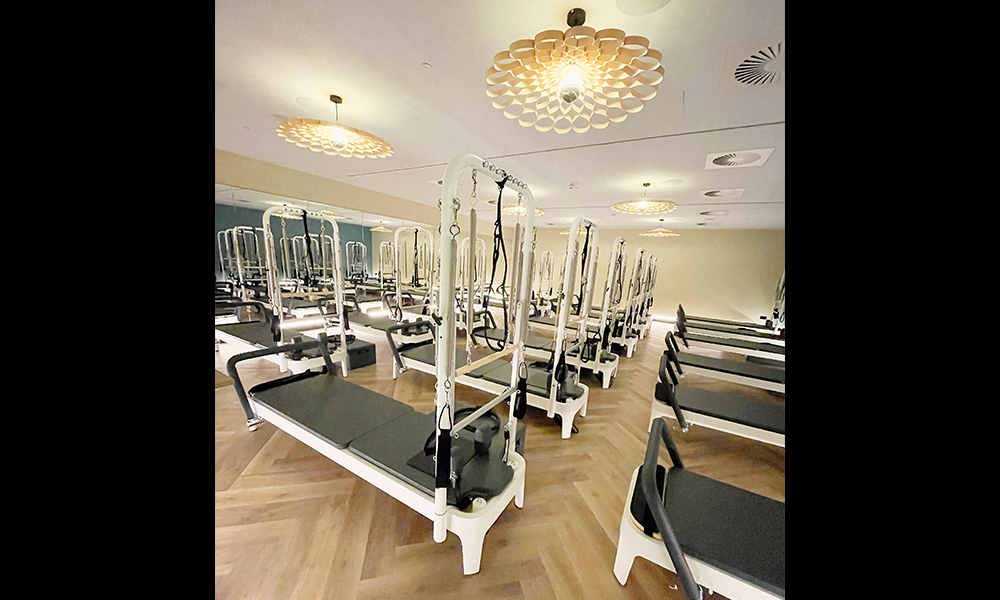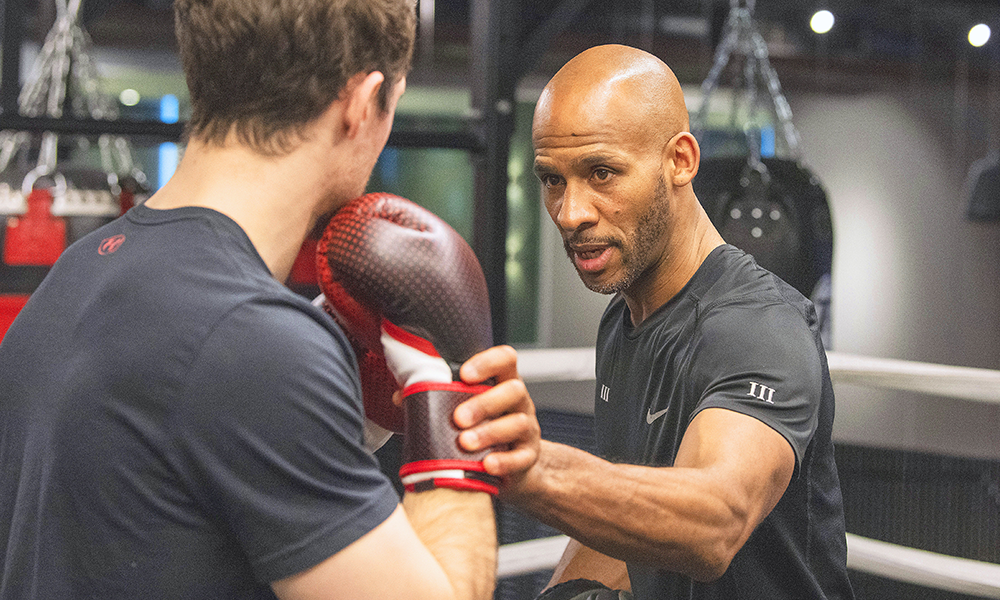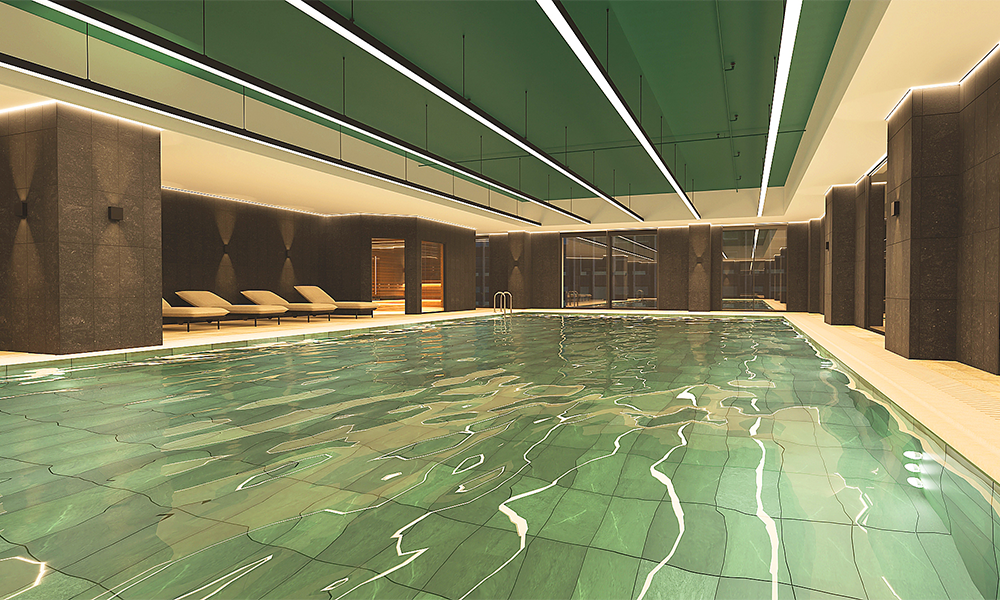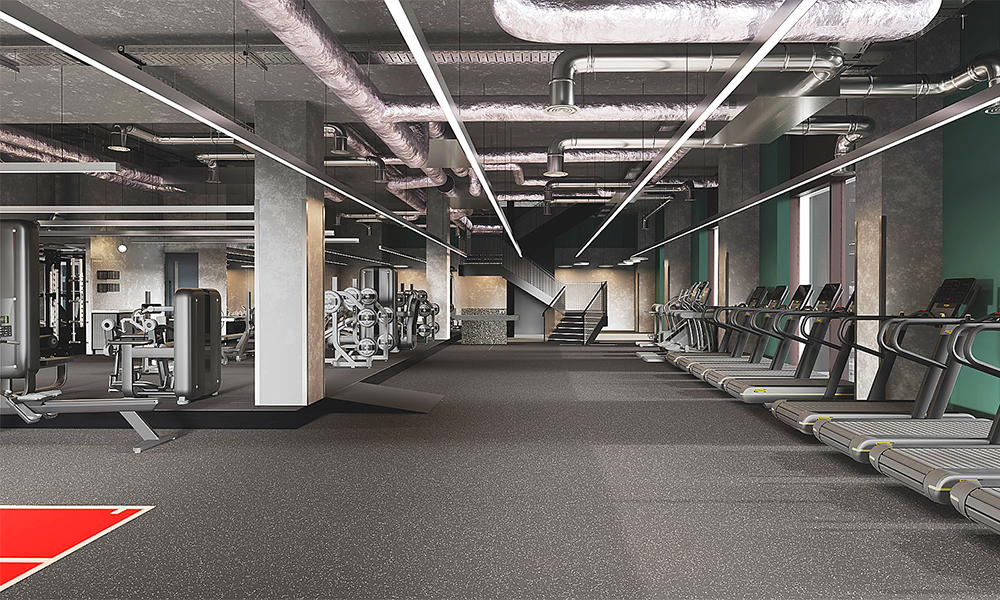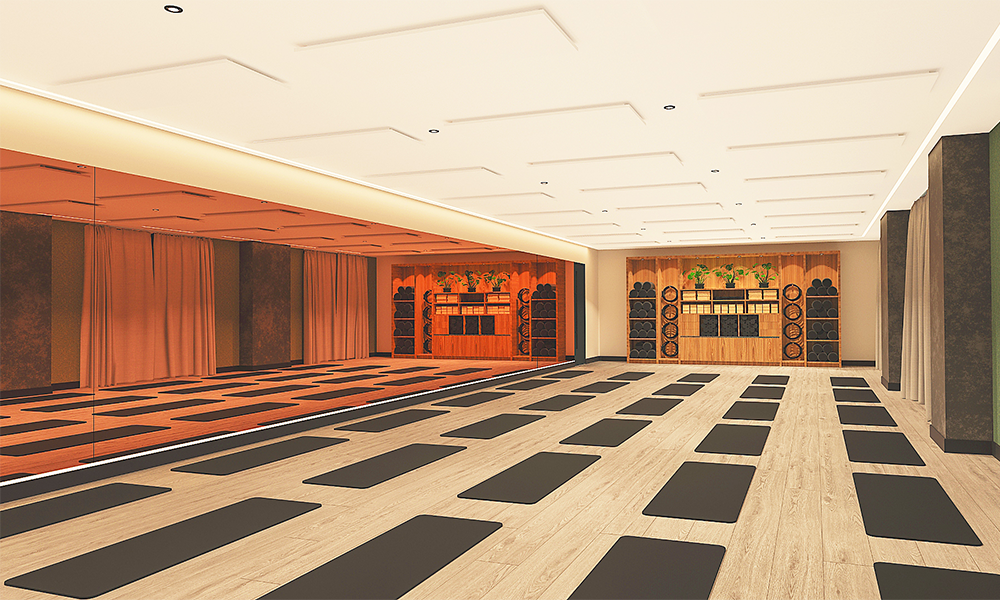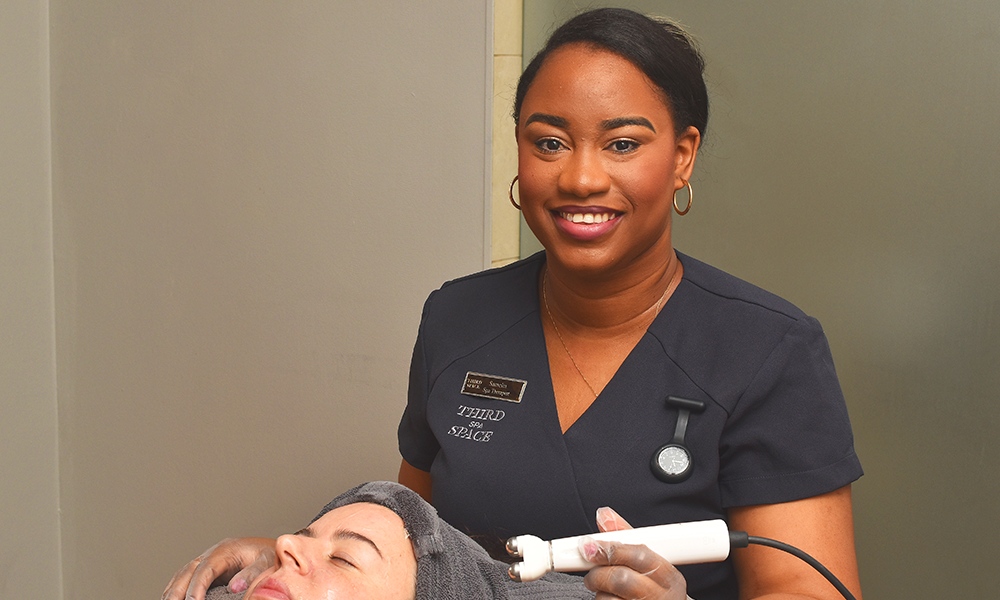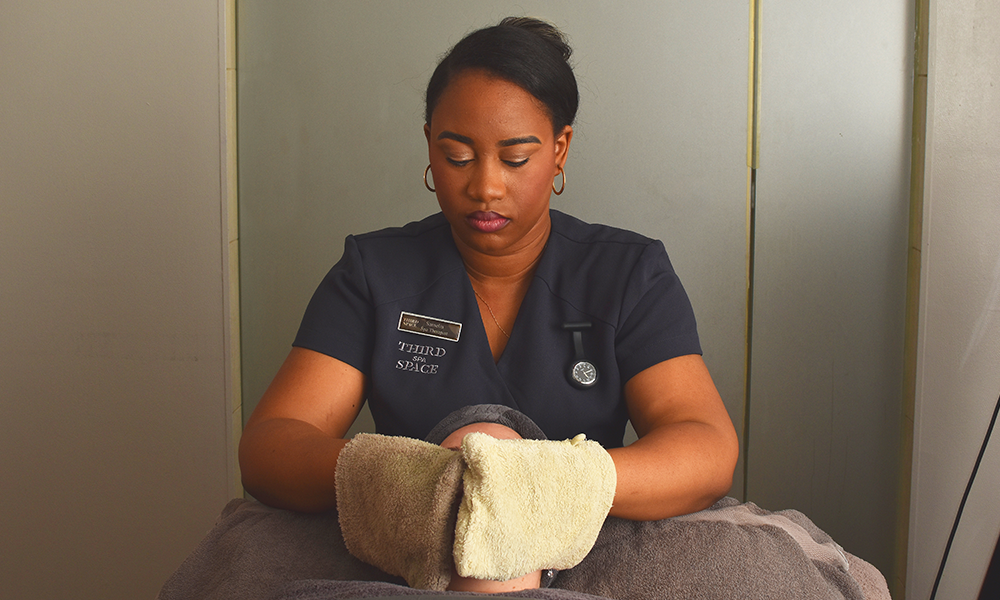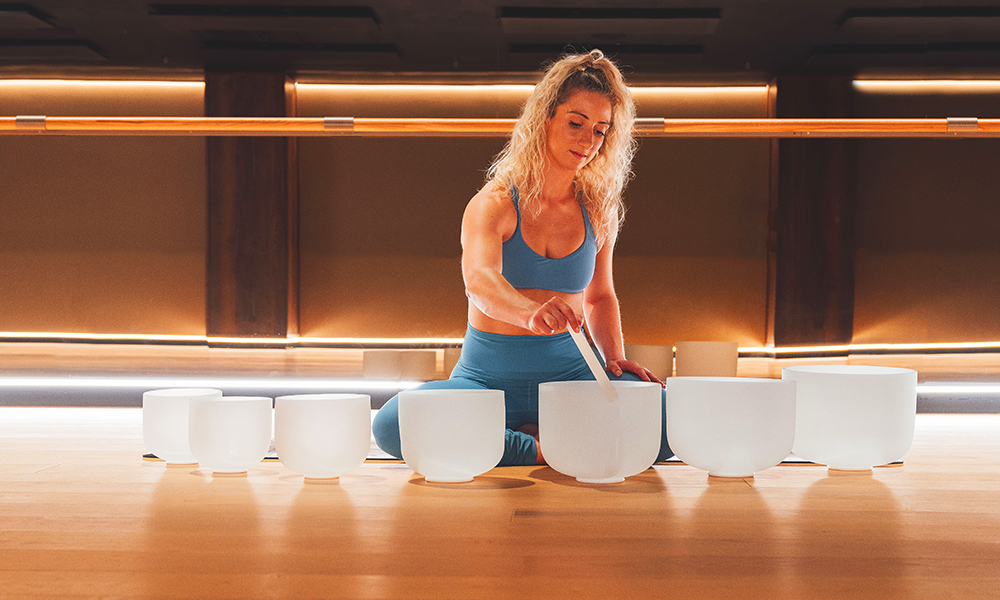Packages of core treatments – Vibro-Acoustic Bed, red light therapy and cryotherapy – designed to help members recover faster and prevent injury

Subscribe to our free Wharf Whispers newsletter here
…a warm, fluffy blanket is tucked around me as I sit back onto the Vibro-Acoustic Bed in a softly lit, curtained-off alcove at the Recovery Spa in Third Space Canary Wharf.
An eye mask blocks out the world and a comfortable pair of headphones are placed over my ears.
My arms swaddled and, despite the calm explanation of what’s going to happen, I’m tense.
Then the programme starts.
My ears fill with sound and the vibrations begin. Simultaneously, the bed tips back.
Without my senses to guide me, it feels as though I’m falling into a void, the powerful waves of the bed confusing my sense of balance.
Am I floating, descending, being immersed in something? I can’t tell.
But, snugly cocooned, there’s no fear.
The wash of aural effects – music, waves, white noise, at stately, low frequencies are briefly overwhelming before my brain stops trying to make sense of what’s happening and gives in to the incomprehensible balm of relaxation.
My nervous system switches off and I lose track of time.
After about 20 minutes the machine brings me round and I take a profound feeling of physical and mental relaxation with me as a I leave the spa…
You’ll sleep well tonight,” said Adele Rowley spa manager at Third Space Canary Wharf’s Recovery Spa as she helps bring me back to reality after my Vibro-Acoustic Bed treatment.
She’s right. I do. A solid, delicious, unbroken nine hours that same night – the result perhaps of the sheer intensity of the vibrations and carefully calibrated sounds.
The treatment isn’t subtle, but its overwhelm is undoubtedly effective in my case.
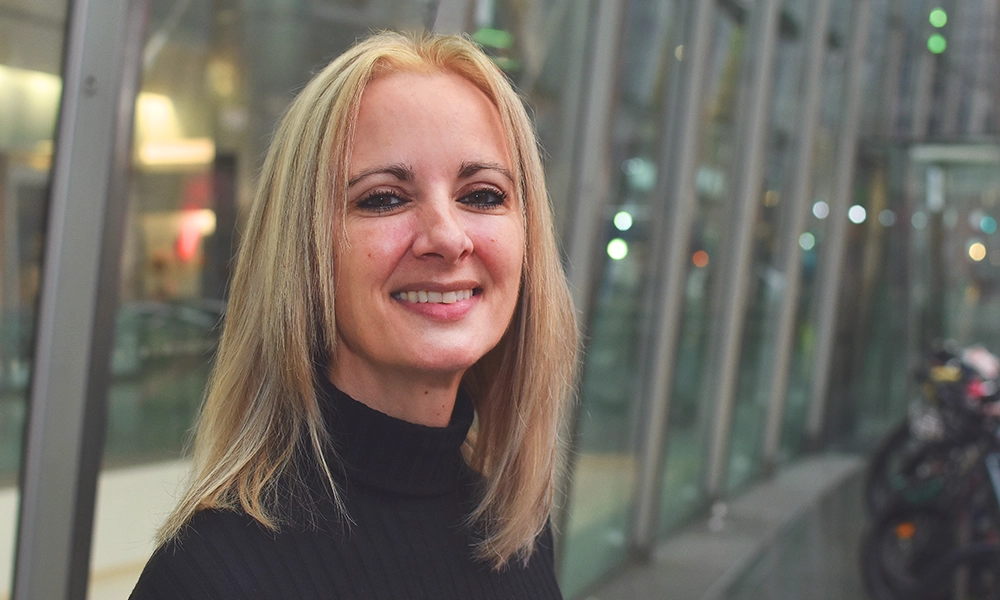
lying back, switching off
“It’s my favourite too, because I find it difficult to turn my mind off,” said Adele.
“I’m always on the go, but as soon as I’m on the bed it’s like the switch has been flicked.
“As it tilts back and the waves of sound start to come through the headphones, it’s like you’re being submerged in the ocean.
“It really helps me relax and sleep.
“We’ve had members with terrible insomnia who are lucky if they get three or four hours a night.
“After 24 minutes on the bed they’ve had a full night’s rest – they’re blown away.
“Some fall asleep during the treatment itself.
“But it does more than that, we have lots of different programmes for people to try, including sessions focused on meditation, breathwork, sleep and even weight management.”
The bed’s blend of vibrations and sounds aims to activate the parasympathetic nervous system to boost rest and recovery, lowering levels of cortisol and promoting endorphin release.
In addition, the physical stimulation may help alleviate pain in the body and aid physical recovery after exercise.
The bed is one of three headline treatments that make up the core offering at Third Space Canary Wharf’s Recovery Spa.
The others are facilities to deliver cryotherapy and red light therapy.
In response to demand from members, the largest luxury health club in Europe launched add-on Recovery Memberships for regular users and they’ve been a popular introduction.

get more with a Recovery Membership
“The standard Recovery Membership costs £115 per month and includes two sessions on the Vibro-Acoustic Bed, two under red light and two in the cryo chamber,” said Adele.
“More people are opting for Recovery Plus, which includes four sessions of the first two treatments each month and unlimited cryo for £195.
“In practice you get a lot more for your money as people often like to do three minutes of cryo before they train.
“People feel energised, it helps them exercise for longer at a higher intensity.
“Then, once a week they might do all three treatments in a single day with cryo first for that buzz, then red light to calm everything down and then the Vibro-Acoustic Bed for relaxation.”
Cryotherapy cools the skin in a chamber chilled to around -85ºC with the aim of stimulating circulation, reducing inflammation and boosting oxygenated blood flow, all from a three-minute burst.
“Then there’s red light therapy, which is as much about prevention as it is about recovery,” said Adele.
“We have a medical grade bed that emits three different wavelengths of light.
“They penetrate the body to different degrees to help stimulate collagen production, boost energy in your cells and repair muscles to help them recover.
Sessions last 20 minutes. Members who get regular treatments can also expect improved athletic performance, better sleep and reduced inflammation as well as a reduction in fine lines and wrinkles.
“People have reported less soreness after exercise too.”
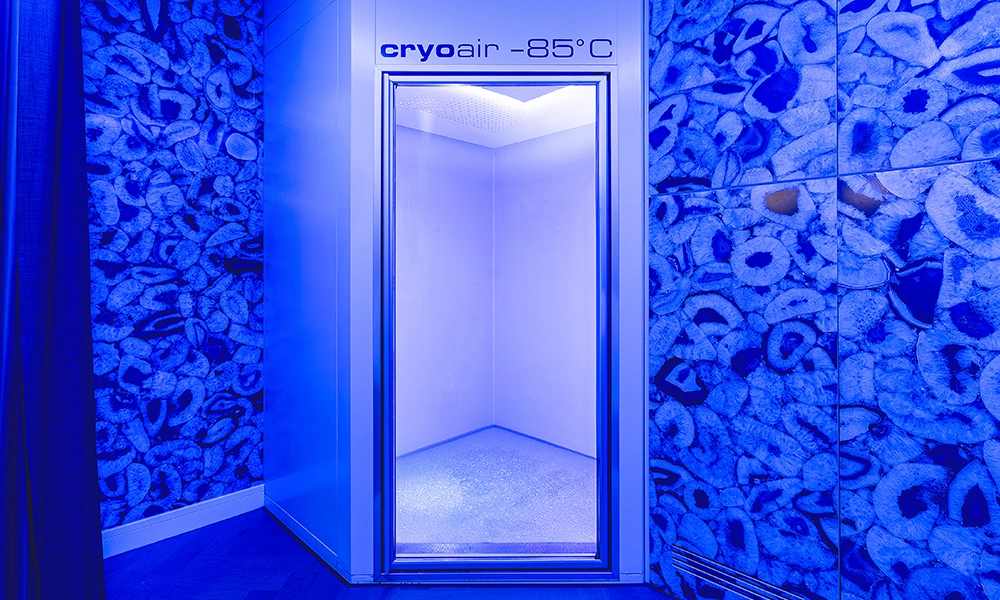
beyond the core treatments
The spa also offers a wealth of other treatments, taking a broad definition of recovery as its core principle, with wellness in mind and body at the heart of the offering.
Adele said: “The introduction of the Recovery Memberships reflects the fact that Third Space isn’t just about training, it’s about preparing for it and what you do afterwards and how your feel.
“The spa continues to offer a range of treatments and therapies beyond the three above, including a wide range of facials, aesthetics, IV infusions and acupuncture.
“Like exercise itself, often the best results come through consistency.
“For example, we offer many massage treatments, but it usually takes a few sessions to work the lactic acid out of those muscles to help them relax.
“One of our most popular options at the moment is lymphatic drainage massage with both men and women choosing to explore the treatments we offer.
“The sessions aim to stimulate the lymph nodes to help clear excess fluid from areas of the body.
“The benefits include better movement in the body and greater flexibility.
“Things in our industry are always changing and developing.
“There are so many things I’d like to bring into the spa, as treatments become more connected to training. Watch this space”
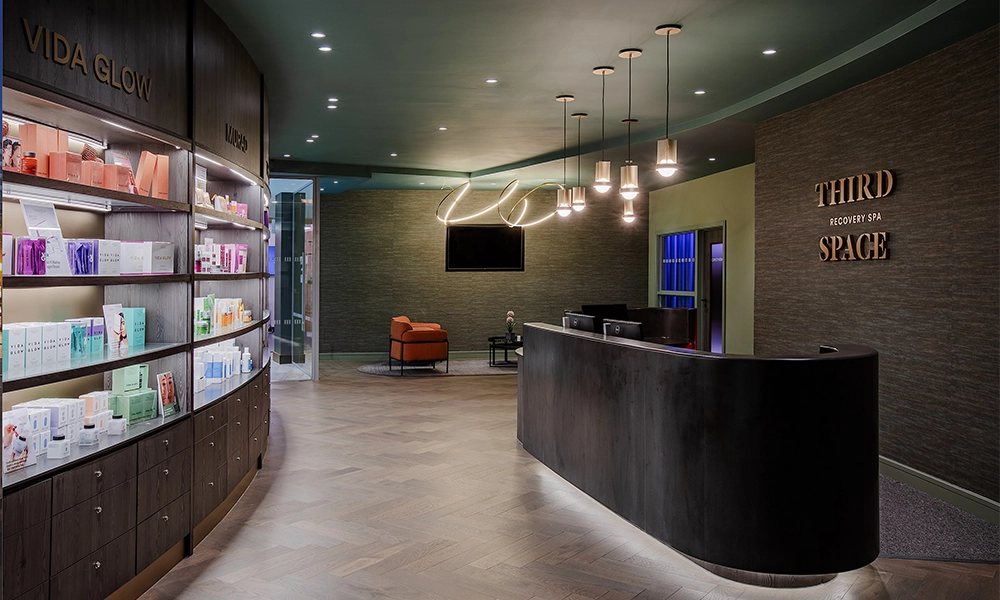
key details: Third Space Recovery Spa
Third Space Recovery Spa is located at the main Canary Wharf club.
Recovery Membership and Recovery Membership Plus cost £115 and £195 per month respectively and are available to Third Space members of any club, not just Canary Wharf.
All treatments are also available to non-members.
Cryo starts at £25 for a taster session, red light at £50 for 20 minutes and Vibro-Acoustic Bed programmes are from £40.
Find out more about the treatments here
Read more: Why a degree in hospitality and tourism can boost your career





